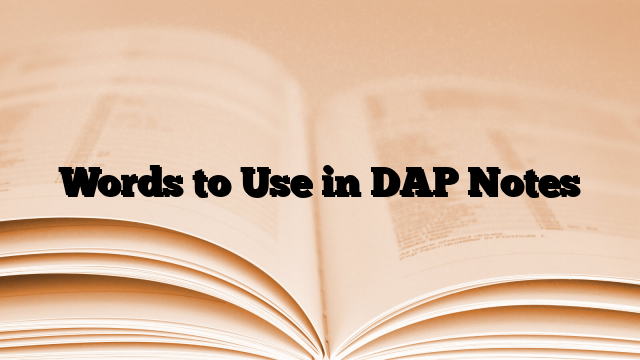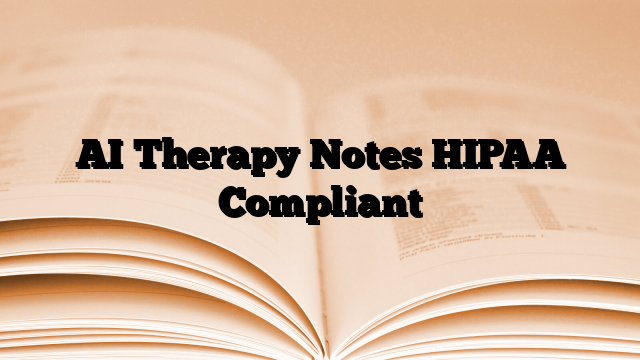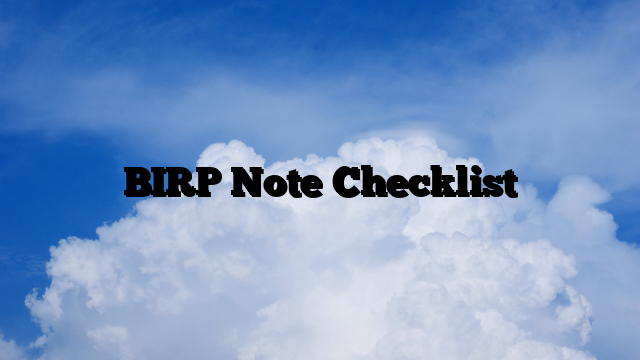Documentation in mental health therapy involves not just recording facts but also crafting notes that are insightful and actionable. DAP notes are an approach to this process, favored for their simplicity and effectiveness in capturing the essence of therapy sessions. In this blog we will tell you about the strategic use of language in DAP notes, improving their utility for therapists, clients, and other stakeholders.
Here’s a breakdown of each section with suggested words and phrases that can be used:
Data: Precision and Clarity
The ‘Data’ section of a DAP note captures what occurred during the session. It includes direct observations and statements made by the client. Here, it is crucial to use clear, concise language that accurately reflects observations and client statements. Avoid overly technical jargon that could obscure the meaning for non-specialists and ensure that any subjective data is distinguished from objective observations.
Suggested Phrases for ‘Data’ Section:
- “Client reported feeling…”
- “Observed client demonstrating…”
- “Noted a change in the client’s demeanor when discussing…”
Suggested Words for Data
- Observed
- Reported
- Described
- Stated
- Appeared
- Demonstrated
- Expressed
- Revealed
- Noted
Assessment: Analytical and Insightful
The ‘Assessment’ section is where therapists apply their clinical judgment to interpret the data collected. This section should be analytical, offering insights into the client’s condition, progress, and any emerging concerns. It is important to remain objective and avoid personal bias, using language that supports conclusions with observed data.
Suggested Phrases for ‘Assessment’ Section:
- “The client appears to be progressing in…”
- “It is assessed that the client’s response to the treatment was…”
- “Client’s expression of emotion was incongruent with stated mood, suggesting…”
Suggested Words for Assessment
- Assessed
- Interpreted
- Concluded
- Identified
- Analyzed
- Evaluated
- Diagnosed
- Inferred
- Hypothesized
Plan: Forward-Looking and Specific
In the ‘Plan’ section, clearly outline the next steps. This should include any new interventions planned, adjustments to the treatment strategy, and specific goals for the client before the next session. Use action-oriented, specific language to describe these plans, making it easy for anyone reading the note to understand the intended course of action.
Suggested Phrases for ‘Plan’ Section:
- “Plan to introduce…”
- “Schedule next session to focus on…”
- “Assign client homework consisting of…”
Suggested Words for Plan:
- Continue
- Introduce
- Implement
- Modify
- Recommend
- Schedule
- Plan
- Prioritize
- Focus on
Language Tips Across All Sections
- Be Concise: Keep information relevant and to the point.
- Use Active Voice: Active voice can make your notes clearer and more direct.
- Avoid Ambiguity: Be specific in your descriptions and plans.
- Professional Tone: Remember that these notes can be read by various professionals and possibly the client themselves, so keep the tone professional and respectful.
Conclusion:
Writing good DAP notes is a skill that improves with time and practice. By choosing words wisely, you can make your notes more useful and supportive of therapeutic goals. Regularly reviewing and adjusting your note-taking strategies can also enhance the quality of your documentation, ensuring that it meets both clinical and administrative needs.
For therapists looking to refine their skills in writing DAP notes, it is beneficial to consult various sources and perhaps even take advantage of software tools that offer templates and tips for efficient documentation.
By integrating these practices, mental health professionals can ensure their DAP notes are not only a formality but a valuable tool in the therapeutic process.






